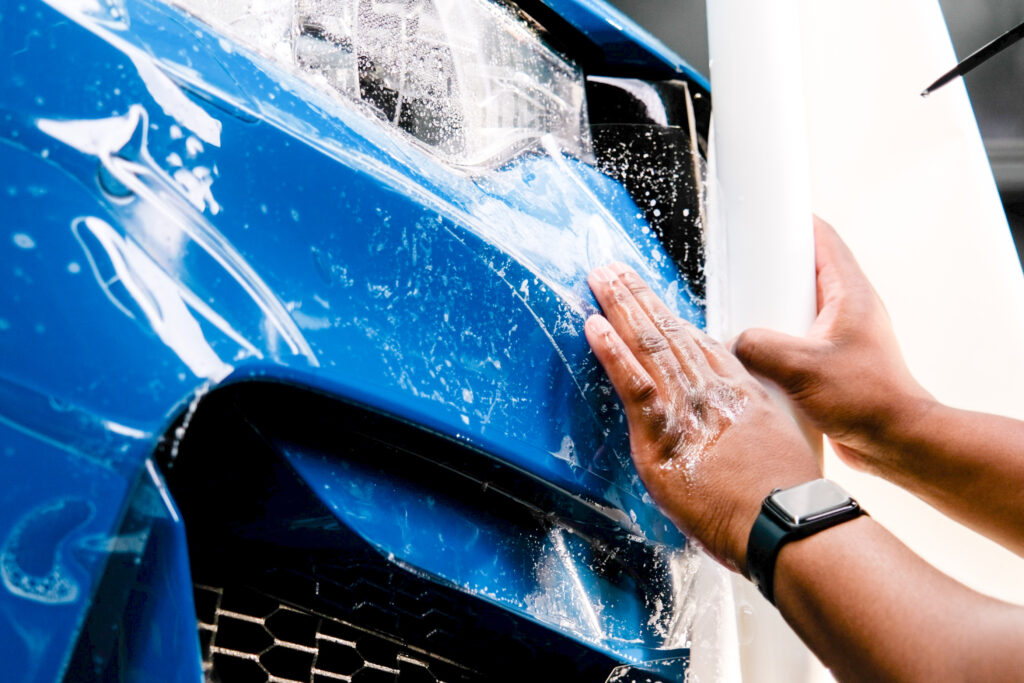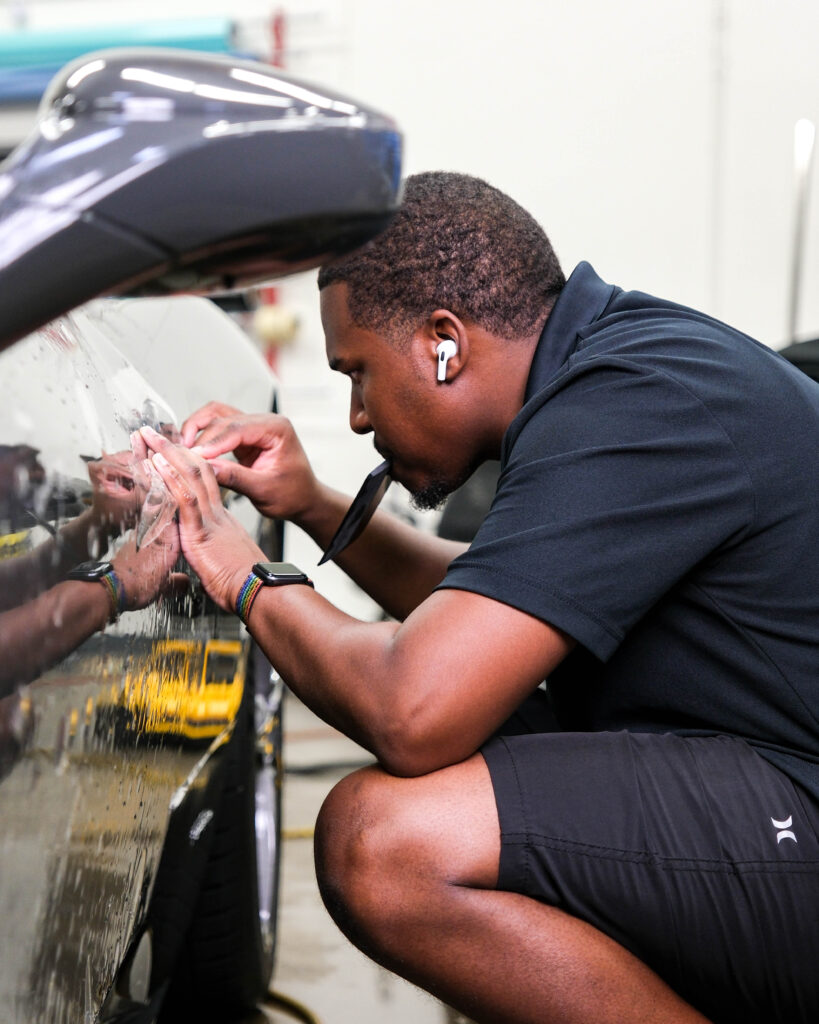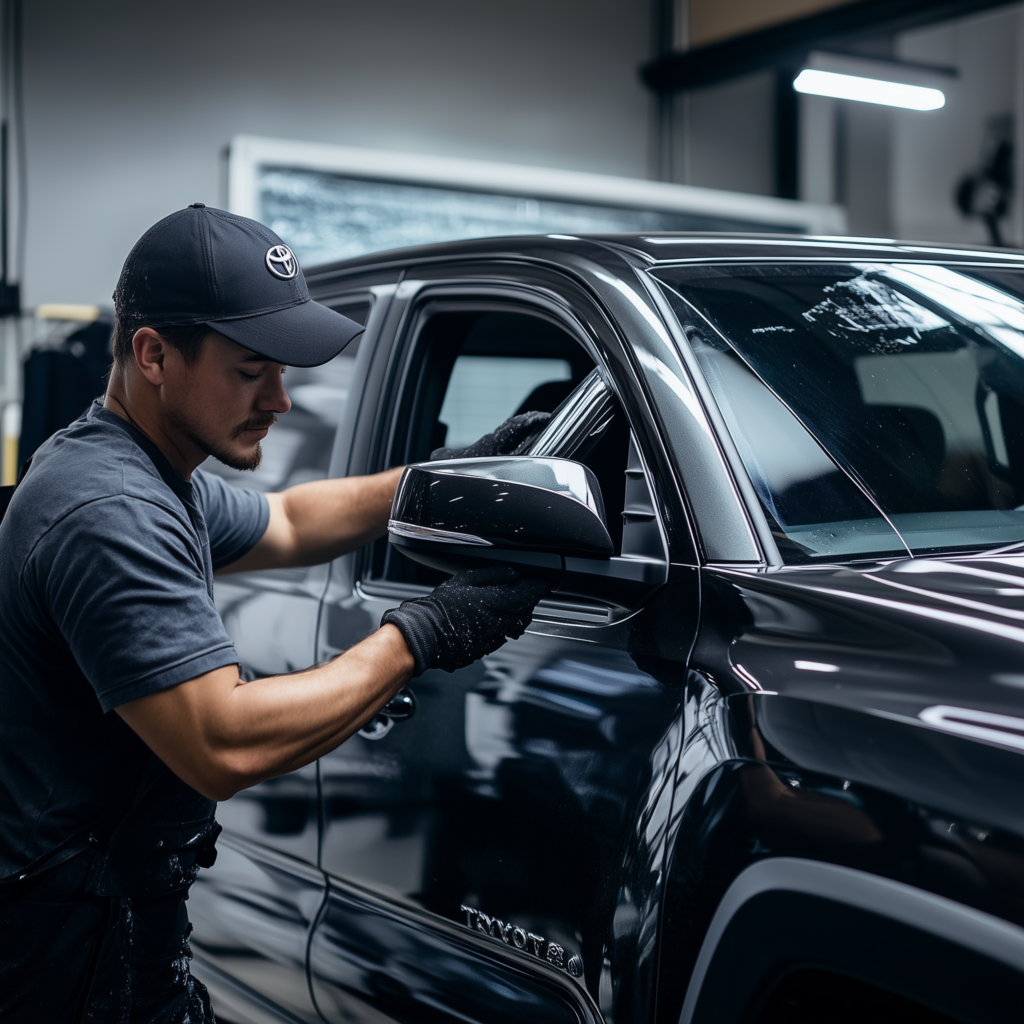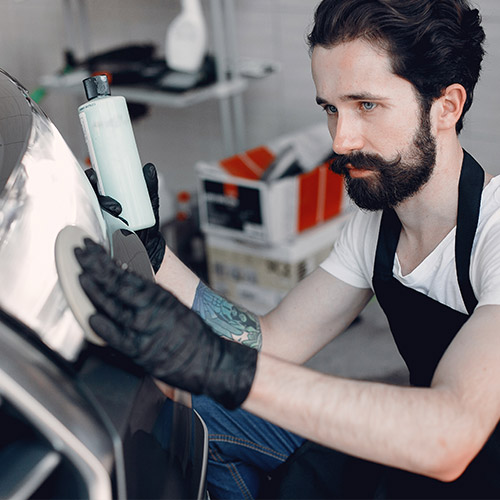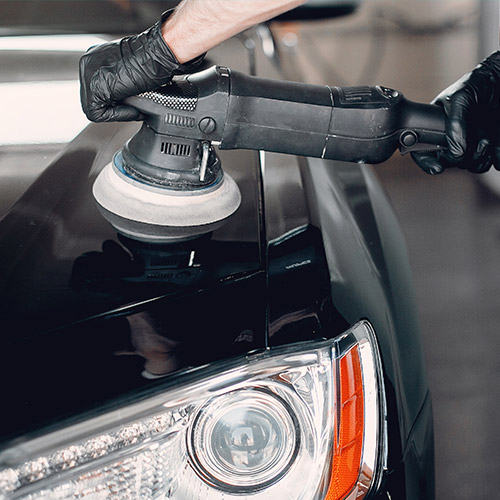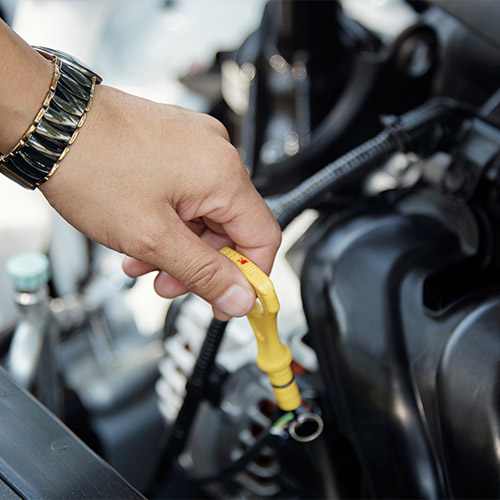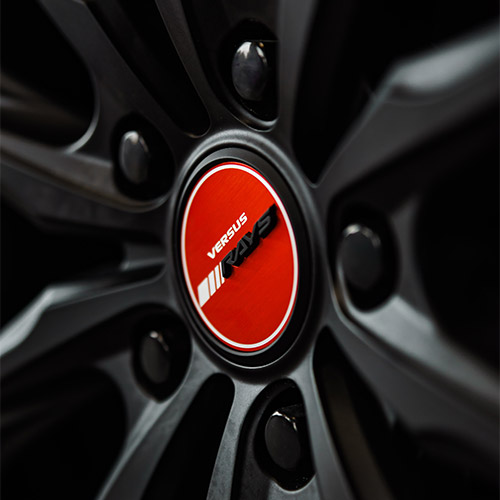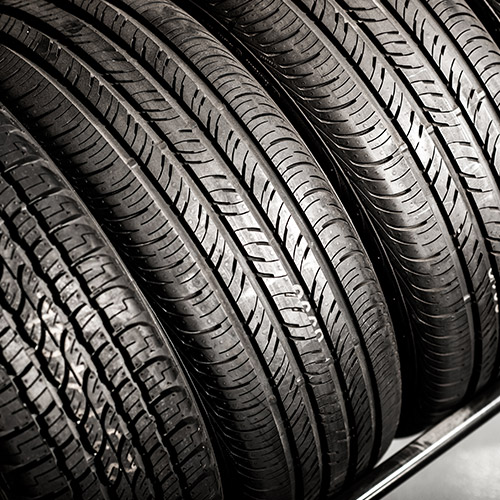What Areas of Your Car Should You Apply PPF To?
When it comes to protecting your car’s paint, Paint Protection Film (PPF) is one of the most effective solutions on the market. This transparent, durable film acts as a barrier against road debris, rock chips, bug splatter, bird droppings, UV rays, and minor abrasions. While some car owners opt to cover their entire vehicle with PPF, others apply it strategically to specific areas most prone to damage. But where to apply PPF for the best protection and value?
In this guide, we’ll explore the key areas of your vehicle where PPF is most beneficial, why these areas are vulnerable, and how selective application can save you money while keeping your vehicle looking brand new.
Why Strategic PPF Application Matters
PPF isn’t just about keeping your car glossy—it’s about preventing real, irreversible damage to your paint. Even high-end vehicles are vulnerable to paint chips and scratches, especially when frequently driven. However, PPF installation can be an investment, which is why many car owners choose to protect only the most exposed and high-impact zones rather than wrapping the entire car.
This method, known as partial PPF coverage, helps preserve both aesthetic value and resale potential, while offering a cost-effective solution for those on a budget.
1. Front Bumper – Your First Line of Defense
The front bumper takes the brunt of oncoming debris, especially at highway speeds. Rocks, salt, sand, and bugs frequently make contact here, often resulting in chips or scratches. This is why the front bumper is considered one of the best panels for paint protection.
PPF coverage on the front bumper ensures your vehicle maintains its showroom look and reduces the need for frequent touch-ups or resprays.
2. Hood and Partial Hood
The hood, particularly the front third, is also highly susceptible to damage from flying debris and insects. Even though full hood coverage is ideal, many vehicle owners opt for a partial hood application to reduce costs. This typically covers the front 18 to 24 inches of the hood where impact is highest.
Since the hood contributes significantly to your car’s visual appeal, protecting it with PPF is essential for long-term beauty and value.
3. Fenders – Shielding the Curves
The front fenders, especially near the wheel wells, are another hotspot for damage. As your wheels rotate, they kick up road grime, salt, and stones, which hit the fender’s surface. Over time, this leads to a sandblasted appearance that dulls the paint and can expose metal.
Applying PPF to the fenders ensures that these curved surfaces—critical to your vehicle’s silhouette—stay smooth and shiny.
4. Side Mirrors – Small but Vulnerable
Despite their size, side mirrors are highly exposed. Positioned on the outermost edges of the vehicle, they are frequently struck by rocks and debris. A small chip on your mirror housing can lead to peeling paint or fading over time.
A simple PPF application here provides low-cost, high-value protection for a part that’s easy to overlook but expensive to replace.
5. Door Edges and Handles – High-Touch Zones
Door edges are notorious for getting chipped from being opened against curbs, poles, or walls. Likewise, door handle cups are scratched by fingernails, rings, or keys. These small imperfections quickly add up, especially on daily drivers.
PPF for door edges and handle cups offers invisible protection that preserves the paint without altering the appearance.
6. Rocker Panels – Road Spray Impact
Located along the bottom sides of your vehicle, rocker panels bear the brunt of road spray, salt, and slush, especially during rainy or snowy seasons. As a result, they’re often one of the first areas to show signs of wear and corrosion.
Covering these panels with PPF is a smart move for both aesthetic and structural protection, particularly if you live in regions with harsh winters or drive frequently on gravel roads.
7. Rear Bumper – Loading and Parking Protection
While the rear bumper doesn’t face as much forward motion debris as the front, it suffers from loading and unloading damage. Groceries, luggage, strollers, and toolboxes all pose a risk to this area. Parking lot mishaps can also leave scratches and scuffs on the rear bumper.
PPF here acts as a scratch-resistant shield, maintaining a clean look even with frequent use.
8. Trunk Ledge – The Forgotten Hotspot
Many vehicle owners overlook the trunk ledge, but it’s a common victim of scuffs from placing bags or dragging items in and out of the trunk. Scratches and chipped paint in this area can be frustrating and hard to conceal.
Applying a strip of PPF across the trunk sill helps avoid such damage and keeps the rear of your car looking pristine.
9. A-Pillars and Roof Edge – Subtle Yet Smart
A-pillars, the vertical supports on either side of your windshield, and the leading edge of your roof are often exposed to the same hazards as your hood and windshield. Flying debris tends to hit these surfaces and can leave pockmarks over time.
Though they may not be the most obvious parts to protect, adding PPF here can enhance long-term durability, especially for taller vehicles or those frequently driven at high speeds.
Final Thoughts: Optimize Your Coverage
So, where to apply PPF depends on your budget, driving habits, and aesthetic goals. While full-body PPF offers unmatched protection, it’s not always necessary. Instead, consider high-impact zones like the front bumper, hood, side mirrors, and rocker panels.
If you’re unsure how much coverage is right for you, consult with a certified installer who can recommend the best panels for paint protection based on your vehicle type and usage.
By applying PPF to the most vulnerable parts of your vehicle, you’re not only maintaining its appearance but also investing in its long-term value. Whether you own a luxury car, sports model, or daily driver, strategic PPF application ensures your vehicle remains a head-turner for years to come.


